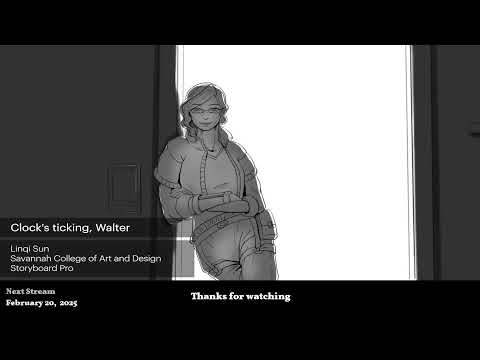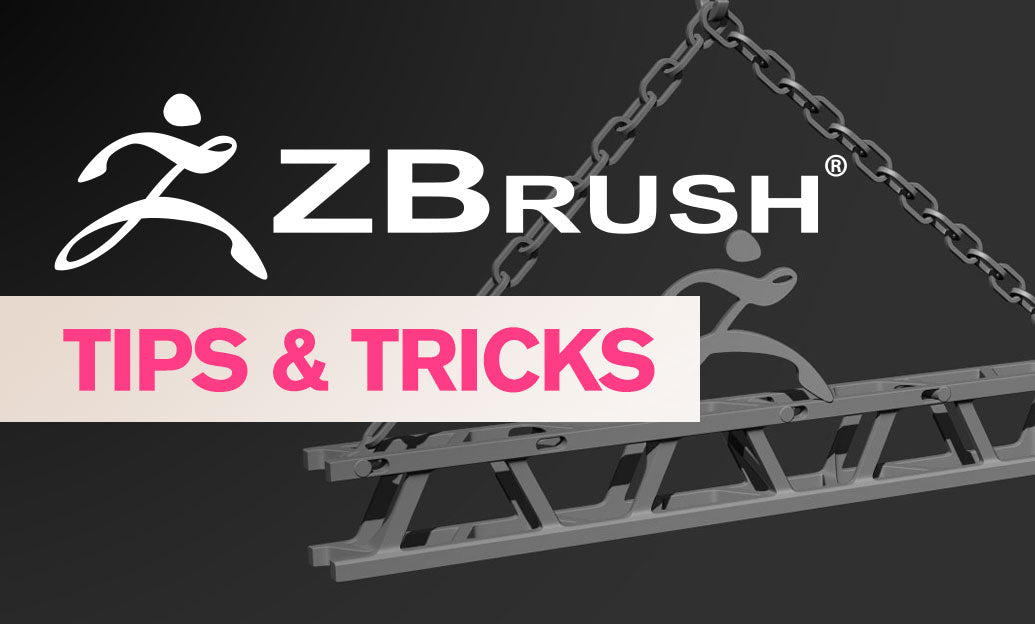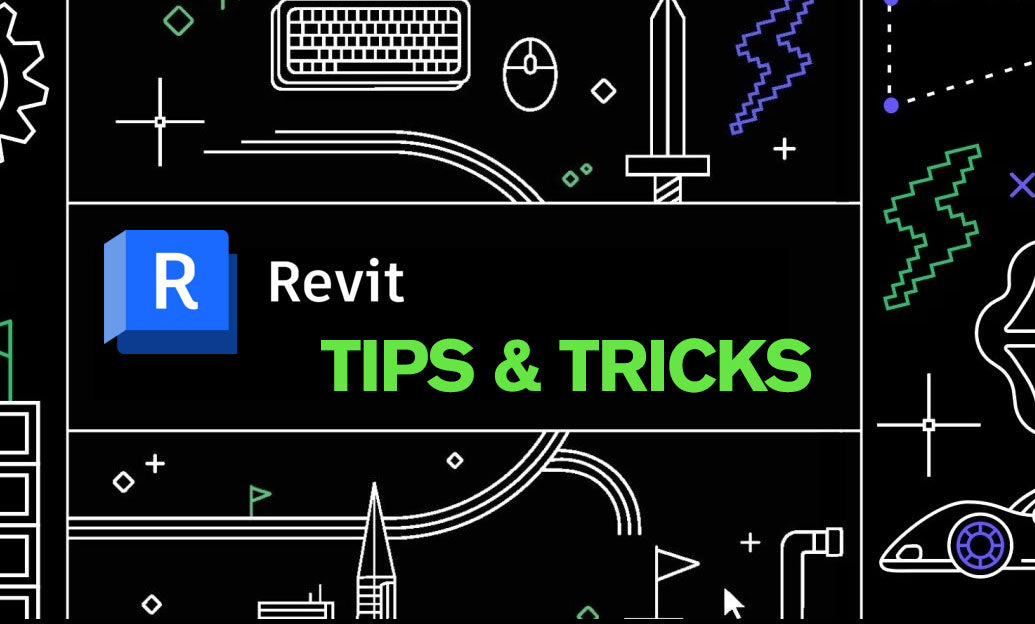Your Cart is Empty
Customer Testimonials
-
"Great customer service. The folks at Novedge were super helpful in navigating a somewhat complicated order including software upgrades and serial numbers in various stages of inactivity. They were friendly and helpful throughout the process.."
Ruben Ruckmark
"Quick & very helpful. We have been using Novedge for years and are very happy with their quick service when we need to make a purchase and excellent support resolving any issues."
Will Woodson
"Scott is the best. He reminds me about subscriptions dates, guides me in the correct direction for updates. He always responds promptly to me. He is literally the reason I continue to work with Novedge and will do so in the future."
Edward Mchugh
"Calvin Lok is “the man”. After my purchase of Sketchup 2021, he called me and provided step-by-step instructions to ease me through difficulties I was having with the setup of my new software."
Mike Borzage
V-Ray Tip: Enhance Concrete Realism with V-Ray Procedural Maps Techniques
January 13, 2025 2 min read

Achieving realistic concrete materials is a fundamental aspect of creating believable architectural visualizations and product designs. V-Ray's procedural maps provide a versatile and efficient way to simulate the complex textures and inherent imperfections of concrete surfaces without the need for extensive image textures.
- Leverage V-Ray Noise Maps: Utilize V-Ray's built-in Noise maps to generate natural variations in the concrete surface. Adjust parameters such as scale, roughness, and billow to mimic the subtle inconsistencies found in real concrete.
- Layer Multiple Procedural Maps: Combine different procedural maps like Grunge, Brick, and Displacement maps to add depth and complexity. Layering these maps can simulate various concrete imperfections, such as surface wear and embedded aggregates.
- Fine-Tune Scale and Orientation: Ensure that the procedural maps are scaled appropriately to match the real-world dimensions of your project. Proper scaling and orientation prevent textures from appearing stretched or compressed, maintaining realism in your renders.
- Implement Displacement Mapping: Use V-Ray's Displacement feature to add physical depth to the concrete surface. This technique creates actual geometric alterations based on the procedural map, enhancing the tactile feel of the material and improving light interaction.
- Adjust Reflection and Specularity: Concrete typically has low reflectivity and subtle specular highlights. Tweak the reflection and specularity settings in the V-Ray material to accurately represent the matte finish of concrete, avoiding overly shiny surfaces.
- Utilize V-Ray Blend Materials: Blend different shaders, such as diffuse and glossy, using V-Ray's Blend Material feature. This allows for the creation of materials that exhibit varying light interactions, replicating the heterogeneous nature of concrete surfaces.
- Incorporate Ambient Occlusion: Adding an Ambient Occlusion map can enhance the perception of depth and shadow in recessed areas of the concrete. This technique emphasizes the material's texture and adds to the overall realism.
- Optimize Performance with Procedural Textures: Procedural maps are resolution-independent, meaning they can be scaled infinitely without loss of quality. This characteristic not only ensures high-quality renders but also optimizes performance by reducing the need for large texture files.
- Experiment with Color Variations: Introduce slight color variations using V-Ray's Color Correction nodes. Real concrete often exhibits subtle color differences due to materials used and environmental factors. Mimicking these variations adds authenticity to your renders.
- Reference Real-World Concrete: Always refer to real concrete samples or high-quality images to guide your procedural map adjustments. Observing real textures helps in fine-tuning your procedural maps to achieve the most realistic results.
Mastering the use of procedural maps in V-Ray for creating realistic concrete materials can significantly enhance the quality of your renders while maintaining efficiency. By utilizing these techniques, you can achieve detailed and believable surfaces that elevate your visual projects. For more comprehensive tutorials, resources, and professional support, visit NOVEDGE, your go-to destination for advanced V-Ray insights and tools.
You can find all the V-Ray products on the NOVEDGE web site at this page.
Also in Design News

2D/3D Animation:Collaboratory with Mike Morris and Aaron Paetz
February 20, 2025 1 min read
Read More
ZBrush Tip: Enhancing Organic Sculpting Techniques in ZBrush: Key Tips and Resources
February 20, 2025 2 min read
Read More
Revit Tip: Mastering Revit's Edit Profile Tool for Customized Design Efficiency
February 20, 2025 2 min read
Read MoreSubscribe
Sign up to get the latest on sales, new releases and more …


